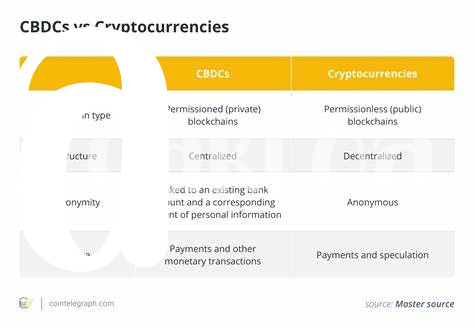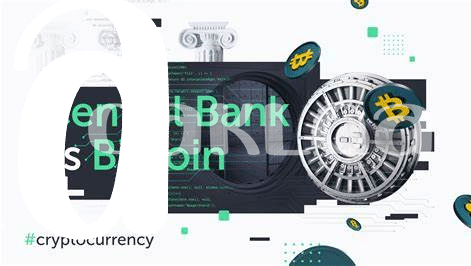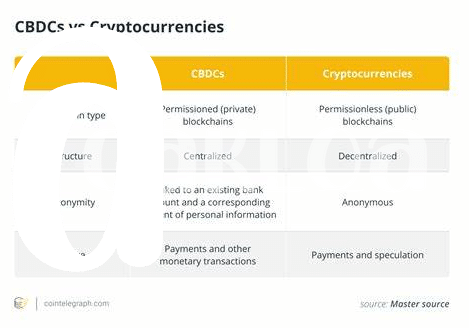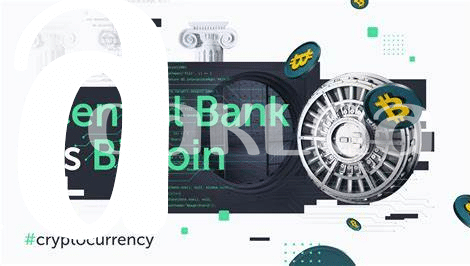What Sparks the Battle? Understanding the Basics 🌟

Imagine a world where the way we use money is completely different from what we have always known. This change starts with understanding the very essence of the tug-of-war between Bitcoin and Central Banks. For years, Central Banks have been like the big, sturdy trees in the financial forest, controlling how money moves, grows, and stays safe. They decide how much money there is in the system and set rules everyone follows to ensure everything runs smoothly. Enter Bitcoin, a sparkly new player that doesn’t play by the old rules. It’s like a bird that doesn’t need trees because it can fly anywhere it wants. Bitcoin is digital money that doesn’t belong to any country or follow their rules. It lets people trade directly with each other, anywhere in the world, like sending a text message. This clash is not just about technology; it’s a fundamental question of who holds the power in our financial world and how we define financial freedom in the digital age.
| Key Players | Role | Impact |
|---|---|---|
| Bitcoin | Digital Currency | Empowers individuals by enabling direct transactions without traditional bank oversight |
| Central Banks | Financial Regulators | Control monetary policies and ensure the stability of traditional financial systems |
The Rise of Bitcoin: a Digital Revolution 🚀
When we think about money, the image of coins and paper bills usually pops into our heads. But there’s a new kid on the block shaking things up – Bitcoin. Picture it as digital money that doesn’t rely on banks to verify transactions. It’s like if you could send cash directly to your friend over the internet without having to go through a bank. This idea sparked interest and excitement because it gave people a way to control their money without the oversight of big banks. It’s pretty revolutionary because it challenges the traditional way we think about and use money. Just like the internet changed how we share information, Bitcoin is changing how we think about financial transactions. Its growth isn’t just about technology; it’s also about people searching for financial freedom in a digital age. For more intriguing insights, consider how this movement towards digital currency is even more vibrant in some corners of the world, as highlighted in this fascinating read about [how developing nations are driving Bitcoin’s popularity forward].
Central Banks: Keepers of Traditional Financial Systems 🔐

Imagine a big, sturdy safe where all our money is kept; that’s what central banks are like. They’ve been around for ages, taking care of traditional financial systems, much like a librarian looks after books. These banks are the backbone of our economies, managing how much money is out there and ensuring everything runs smoothly. Their main goal? To keep our money safe and our economies stable. They do this by controlling interest rates and making sure there’s not too much or too little money floating around. It’s a bit like being the conductor of an orchestra, making sure every section comes in at the right time to create harmony.
Central banks, in a way, are the guardians of our financial peace. They play a crucial role in fighting inflation — when prices of things we buy go up — and in sparking economic growth by lending money at lower interest rates. While some may see them as big, slow-moving giants, resistant to change, they provide a level of security and predictability in our financial lives. But, as our world changes, especially with new digital currencies popping onto the scene, these financial custodians face new challenges. They are now at a crossroads, figuring out how to embrace innovation while still keeping our money safe under lock and key. 🌍🔍💡
Financial Freedom Vs. Regulation: a Balancing Act ⚖️

Imagine walking on a tightrope, carefully stepping with the safety net of rules on one side and the thrilling breeze of freedom on the other. That’s pretty much the game we’re playing when we talk about managing our money in today’s world. On one hand, there’s the promise of cutting loose from the traditional banking system, holding our finances in our own hands with technologies like Bitcoin. This is a world where sending money across the globe is as easy as sending an email, and bitcoin community projects explained show us a glimpse of what’s possible. 🚀
On the flip side, there are central banks, standing tall like the guardians of a centuries-old fortress, ensuring everything runs smoothly and securely. They’re like the referees in the game of financial freedom, setting the rules that, while sometimes feeling like a hindrance, are essentially there to protect us from chaos and confusion. Finding the middle ground between these two extremes is no small feat. It requires a blend of creativity, understanding, and willingness to adapt. As we navigate this evolving financial landscape, we’re all part of a collective journey towards a future where managing our money can be both free and secure. 🔍💡
Real-world Impact: How Both Affect Our Wallets 🌍
When it comes to understanding how Bitcoin and central banks influence our daily financial lives, think of your wallet not just as a place to store money, but as a garden where your financial choices can either flourish or wither. With Bitcoin, you’re stepping into a vast, open field. Here, you plant your seeds (invest your money) under the open sky, without fences, free to grow in any direction, nourished by the rain and sun of market forces. 🌦️ On the other hand, central banks are like greenhouses. They offer a controlled environment, protection from harsh weather (economic downturns), but also limit how and where your plants (funds) can grow through regulations and oversight. 🏡
This difference fundamentally changes how we interact with money. When using Bitcoin, you might enjoy watching your investments grow quickly in the sunny periods, but you also risk a storm wiping out your efforts without the shelter of regulation. Meanwhile, traditional bank users might not see such rapid growth, but they sleep easier during economic storms, knowing their greenhouse offers some protection. However, the trade-off with central banks’ safety is the fees and restrictions that might feel like the walls of the greenhouse are a bit too close. The table below shows a simple comparison:
| Aspect | Bitcoin | Central Banks |
|---|---|---|
| Freedom Level | High | Lower |
| Risk | Higher | Lower |
| Growth Potential | Unlimited | Limited |
| Regulation | Minimal | High |
Looking Ahead: the Future of Money and Power 🔮

As we peer into the horizon, the interplay between digital currencies like Bitcoin and the traditional guardians of our financial systems, the central banks, suggests a dynamic shift in how power and money will be managed in the future. The adoption of Bitcoin and similar technologies shows no sign of slowing, as highlighted in the comprehensive look at bitcoin and remittances explained, illustrating how these digital currencies are becoming a crucial part of economies worldwide. This growing embrace of digital currencies is challenging the traditional monetary systems, prompting central banks to rethink their strategies and possibly innovate to stay relevant. The potential for a more democratized financial system is on the rise, where the power could shift from centralized institutions to individuals, thanks to blockchain technology. Yet, this shift comes with its own set of challenges and uncertainties. How will regulatory frameworks evolve to accommodate and possibly harness the power of cryptocurrencies? And importantly, how will these changes affect the average person’s ability to manage, spend, and invest their money? The future of money and power looks to be at a crossroads, with digital innovation on one path and traditional financial structures on the other, each vying for dominance in a rapidly changing world.
